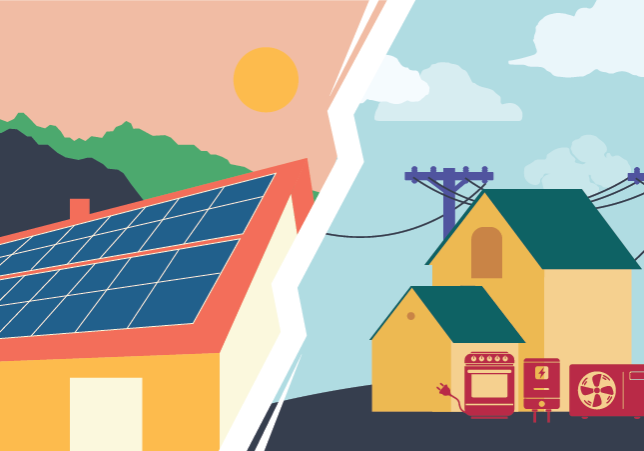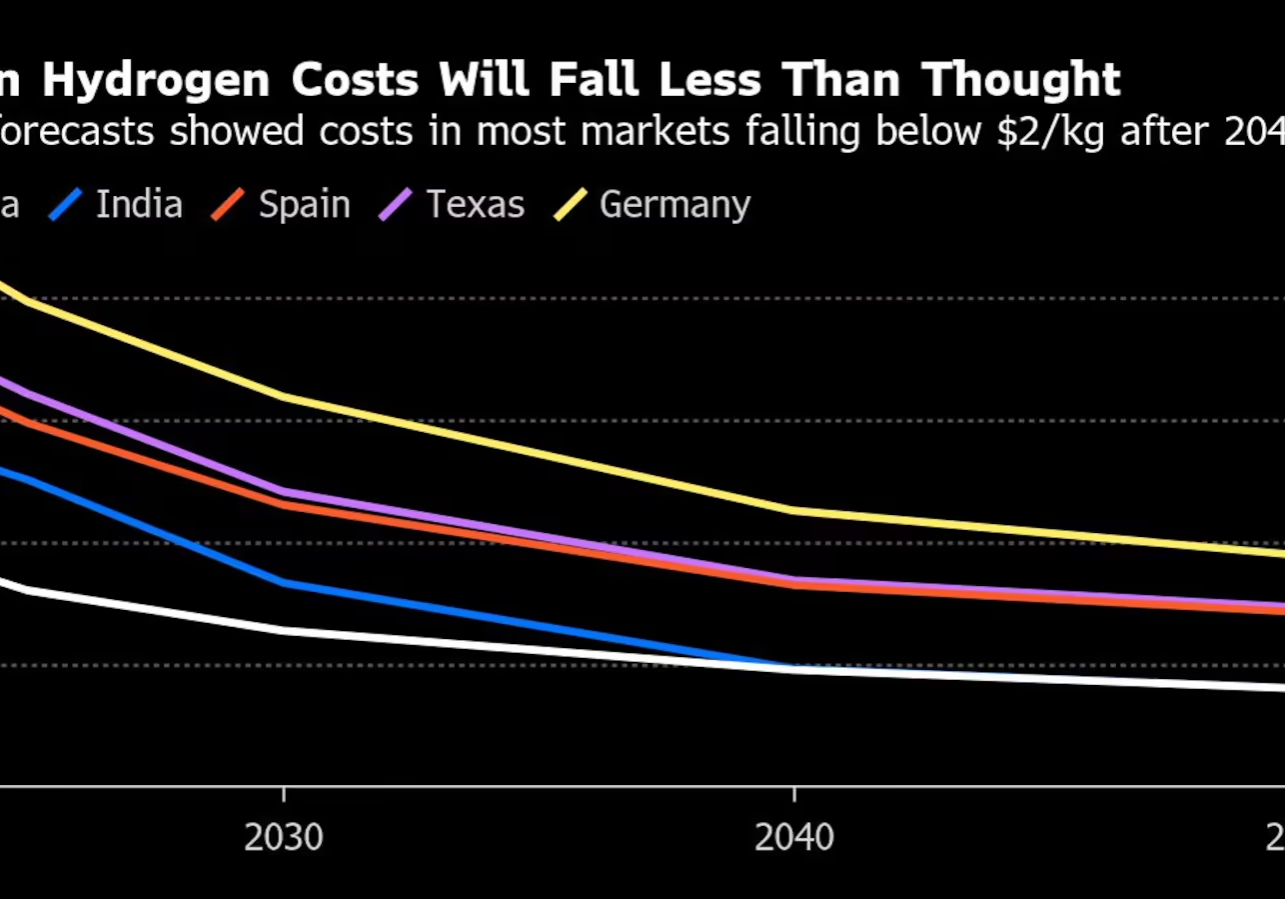Insights
Learn more about
The Gist
The Gist is the monthly newsletter of The Ad Hoc Group that covers everything at the intersection of climate tech and policy. Subscribe at the link here to have The Gist mailed to your inbox each month.

The Ad Hoc Gist: Employee #1
In honor of his four-year anniversary at Ad Hoc, we invited our first full-time team member, Ian Rinehart, to take over the Gist this month. He shares his reflections on how the climate tech market and AHG itself have changed since he joined the company, and what he’s most excited about looking ahead.
In other news, we shared the importance of resilience on the With Great Power podcast, which dropped this week, and how policymakers, utilities, advocates, and startups have to do more to ensure we’re prepared for the worst.

The Ad Hoc Gist: Solar vs. Electrification
Electrification is a cornerstone of any reasonable climate strategy. So is deploying solar at scale. But there is a squabble brewing between the new electrification vanguard and the solar industry. We cover it in this month’s Gist.

The Ad Hoc Gist: Greece’s Climate Transformation
Greece experienced a summer from hell with raging wildfires and a punishing heatwave. And that’s less than two years after the war in Ukraine sent energy prices soaring.
But the land of sun and wind is poised to capitalize on the energy transition, says Nikos Tsafos, chief energy advisor to Prime Minister Mitsotakis.
Blog
Follow our blog for updates from The Ad Hoc Group.
People as Moat – Ad Hoc Expands into Search
In climate tech, we talk a lot about, well, technology. But talk with most CEOs and they’ll share that the hardest part of their job is figuring out how to hire and retain the right people. In my experience, a company’s ability to hire and effectively onboard the right people is what differentiates successful businesses from those that falter. Because, as a CEO, you can have a great vision, but if you don’t have the right people, you can’t execute it.
Press

Where the Smart Climate Tech Venture Money Is Going in 2025
This year is shaping up to be a dramatic one for climate tech investors.
Donald Trump’s return to the White House is set to shift the US landscape, with the possible rollback of key provisions in the Inflation Reduction Act, Energy Department loans drying up and weaker regulations. Beyond the US, the prospect of more trade wars is scrambling the economy in ways that will determine which climate tech sectors to bet on.
Meanwhile, headwinds for hydrogen are throwing doubt on its viability, and artificial intelligence is now fully on investors’ radars.

The Regulator’s Dilemma, Part 3
Virtual power plants (VPPs) are poised to revolutionize the power sector by orchestrating distributed energy resources (DERs) — like smart thermostats, household appliances, solar panels, batteries, and electric vehicles — into real-time networks of dispatchable capacity. The opportunity is especially significant for advanced VPPs, which aggregate multiple device types, are fully automated and optimized by price signals, provide multiple reliable grid services, are compensated on a pay-for-performance basis, and serve as a true supply-side resource.
Advanced VPPs can offer grid operators significant value by reducing stress on generation, transmission and distribution infrastructure at lower cost than conventional solutions like large-scale batteries, peaker plants, or additional poles and wires.

C&I customer needs are rapidly changing. How can utilities maximize their relationship?
In the blink of an eye, large commercial and industrial customers present big challenges and opportunities.
Commercial and industrial customers have historically been boring to utilities. As long as power was reliable and reasonably priced, utilities hardly ever heard from these customers. They were so boring that, according to a 2023 J.D. Power study, only 15% of C&I customers even had a utility account rep assigned to them. The feeling has been mutual. A representative from a major C&I customer with a large trucking fleet recently said “why would I want to talk to a utility? My job is to move boxes from warehouses to stores.”
Podcast
Hear more from our leadership on My Climate Journey and Technopolis.

